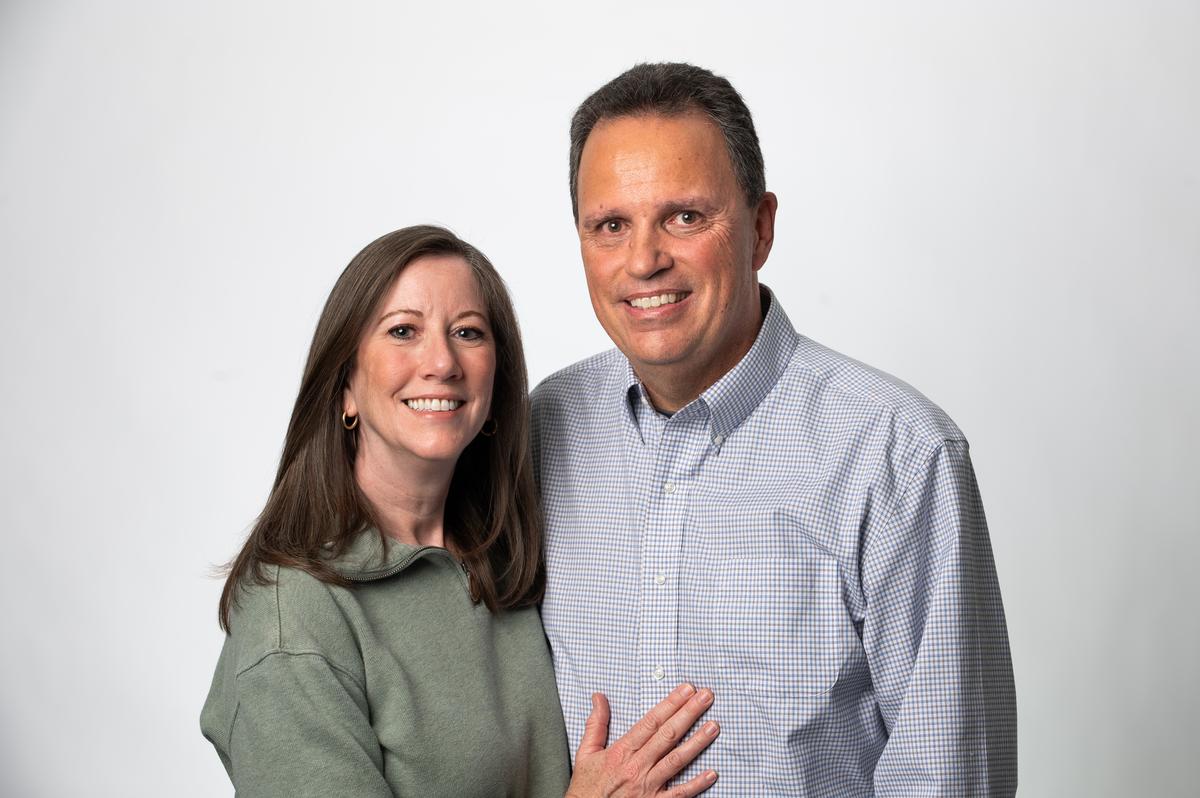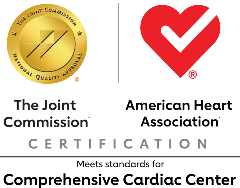Heather & Gary Wyland
CPR in Action: How One Woman’s Quick Response Helped Save Her Husband’s Life
When people are trained in CPR, they learn the importance of calling 9-1-1 right away and the immediate steps to try and save a life – starting with chest compressions. Through CPR training, a person will generally train on a manikin and learn what to expect and how to respond to an unresponsive person who needs help. Even hands-only CPR – a technique you can easily learn – often discusses the importance of helping a person in need.
Heather Wyland has had such training. In fact, Heather refreshes her CPR skills and training every two years through her work as a substitute teacher. And she’s so thankful she did. She found that she needed her CPR training for an unexpected person – her husband. It was up to Heather to take the first steps to try and save his life.
“I have complained about CPR training in the past because first aid and CPR training occurs every two years,” says Heather. She didn’t think she needed it. “But I’ll never complain again.” Heather says the one thing she found interesting was that “you often get trained as though you’re helping a stranger, but you might be helping a loved one. It sure paid off for me.”
According to the American Heart Association, nearly 383,000 out-of-hospital sudden cardiac arrests occur annually, and 88 percent of cardiac arrests occur at home. This makes the importance of learning hands-only CPR – even if only watching some videos at home – a critical step that can help save a life especially since most homes do not have an AED to restore a heartbeat.

Learn More
Discover more about
Hands-Only CPR and our
Heart and Vascular Care Team at St. Elizabeth Healthcare.
Heather and her husband, Gary, have nearly three decades of marriage under their belts. They met at Kroger in Virginia and, according to Heather, “Gary was the best thing I found in aisle 21.” When Gary retired a couple of years ago, he joined Heather in her exercise routine, an avid daily walker, walking 2 to 4 miles around the neighborhood.
“Gary had been sitting at a desk all day for years, so we decided to make some changes and start exercising together and eating better. He lost 30 pounds over that time period,” Heather says. “We were trying to do the right things for our health.”
One morning in October, Heather and Gary started on their usual route around their hilly neighborhood. “I didn’t feel chest pain, but I felt more winded than normal,” Gary says. He and Heather cut the walk short and went home.
Gary was feeling better by the end of the day and wanted to try to finish their daily walk that evening. But after walking just a few houses away, disaster struck.
“Gary turned to me and said, ‘Heather, something’s not right,’ and then he fell,” Heather says. She grabbed his arm, kept his head from hitting the concrete, and apologized for not breaking the fall more. When he didn’t respond, she got out her phone and immediately called 9-1-1.
“I put the phone on speaker and started chest compressions,” said Heather. “He started to turn purple and after a few compressions, it stopped. I was on the phone with the 9-1-1 operator and was screaming as loud as I could to get a neighbor’s attention to help.”
A neighbor, who happened to be a nurse, came running out and took over compressions from Heather until a Boone County sheriff arrived on the scene and took over for the neighbor. That meant Gary received compressions from fresh arms until EMTs arrived a few minutes later – a factor that no doubt helped to save his life.
Another key piece in saving Gary’s life was St. Elizabeth Healthcare’s collaboration with Pulsara – a telehealth application that connects EMS, the emergency department and the cardiac care team to ensure quick treatment of heart attacks and cardiac arrest.
Gary was without a heartbeat for between 8-10 minutes. Using an AED – another crucial piece that helped save Gary’s life – the EMTs defibrillated his heart twice before he regained consciousness and began talking to the first responders around him. They took him to St. Elizabeth, where, under the care of Kevin Miller, MD, he was diagnosed with a blockage in the left anterior descending artery.
“Heather’s immediate response performing CPR helped save Gary’s life,” Dr. Miller says. “It’s important to know that, while Heather has had formal training, you don’t have to be certified in CPR to step in and help a person in need. There are ways to learn hands-only CPR from the comfort of your home. That way, you’re giving someone a better chance to get the lifesaving care they need when they get to the hospital.”
Gary couldn’t agree more. “Heather’s CPR helped save my life,” Gary says. Getting trained, like Heather, helps make sure these actions can be instinctive if someone needs help to get to step two, which is immediate care from a doctor at the hospital.
Now, Gary, after having a stent placed to restore his blood flow, is working through his cardiac rehabilitation. He completed his first session in December and was pleasantly surprised by how much supervision the care team had over his recovery. That supervision included making sure he was ready to go back to his normal daily activities, like his daily walks around the neighborhood with Heather.
“I hope our experience can help others see the value of learning CPR,” Gary says. “We want to encourage people to jump in and get involved if they see someone in need. It’s worth the time to register for a class, watch a video or read about it online.”
By taking a couple of steps and learning hands-only CPR, anyone can help save a life. St. Elizabeth is an American Heart Association-certified training center and regularly offers community classes in CPR and other lifesaving techniques.
And now that Gary is recovering at home, Heather is looking forward to getting back to their routine.
“Everything went just right so we could make it home,” Heather says. “And I’m thankful to have my walking partner back now.”


